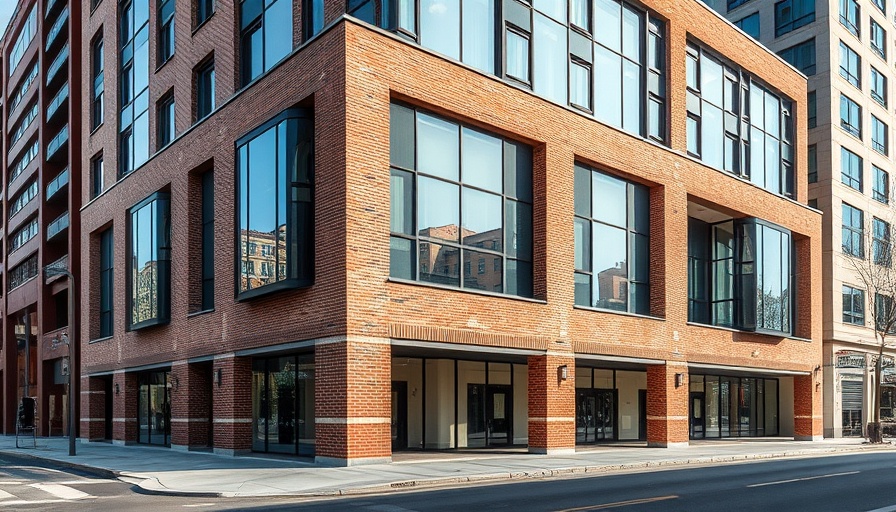
A New Academic Icon: Sosho-Kan at Kyoto University of the Arts
In the vibrant cultural hub of Kyoto, Japan, a remarkable new structure is set to redefine art education at the Kyoto University of the Arts. Named Sosho-Kan, this academic building stands out not only for its stunning architectural design by Takenaka Corporation but also for its innovative approach to fostering interaction among students.
The Vision Behind Sosho-Kan
Sosho-Kan, planned for completion in 2024, is designed to enhance a four-year art program that emphasizes shared experiences among students. The architects drew inspiration from the existing main campus, where spaces like external staircases and sun-shaded areas encourage mingling and creativity. This approach ensures that new collaborations flourish, thereby embedding a strong sense of community within its walls.
Architectural Highlights: Function Meets Aesthetics
Spanning 3,778 m², the structure comprises three organized levels that parallel the main artery of the city, Shirakawa Road. The building's design features continuous brick-tiled walls adorned with symbolic arches that invite light and encourage the flow of daily activities. This visual language not only adds beauty but also highlights the connection between indoor and outdoor spaces.
A Practical Look at Materials
The incorporation of materials such as granite, marble, and tile into the design fosters a rich aesthetic and practical longevity. This choice of materials reflects a growing trend in architecture that emphasizes sustainability and functionality. Contractors and fabricators will need to collaborate closely to ensure a seamless integration of these elements, resulting in a space that is as durable as it is inviting.
Conclusion: An Educational Landmark
Sosho-Kan is not just about aesthetics; it's about creating a lively educational environment where students can connect, collaborate, and thrive. As the building gears up for its opening next year, it promises to become a landmark in Kyoto, symbolizing the convergence of tradition and modernity.
 Add Row
Add Row  Add
Add 

 Add Row
Add Row  Add Element
Add Element 






Write A Comment